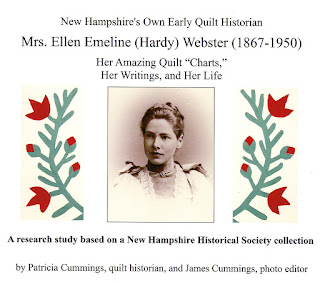I shall tell you a story. When I was a kid, I was the youngest child. My brothers and sister
were quite a bit older than me, and I was probably a pest as a pre-schooler. To keep me busy, when I was five years old, mother took an old piece of muslin (probably from a former pillowcase) and drew or traced the outline of a small bear onto it. She attempted to teach me outline stitch embroidery, using red embroidery floss. This first attempt did not come out perfectly, of course, but I was hooked on embroidery!
Subsequently, every time we went to the local F.W. Woolworth's store, I would stand and longingly peruse their selection of needlework kits, bureau scarves and doilies. I would tease mom to buy embroidery floss and some little project for me to make.
Oh, I did not mention that right after I finished the Redwork bear, mother drew a raccoon on the edge of a pillowcase so that I could render that in Redwork as well. That project came out so
well, I gave it to my 14 year old brother as a gift. He was the sentimental type and seemed to appreciate this small tribute of affection from his little sister.
As a grown-up, I despaired of ever seeing the little bear again, my first venture into the world of needlework, a hobby I would carry with me all of my life. However, when we had to completely disassemble the contents of mother's house in order to sell it, lo and behold, I found the bear in a little-used upstairs closet, at the bottom of a paper bag. A found treasure of the past, the bear is a visual remembrance of just how far I have come with needlework skills in the last (almost 60 years).
If you have children, remember that any time spent with them, teaching them any skill you have is well worth it. They may surprise you when they are grown with just how important those lessons were to them. Needlework, sewing, and quilting skills are always good to pass on to the next generation!




























